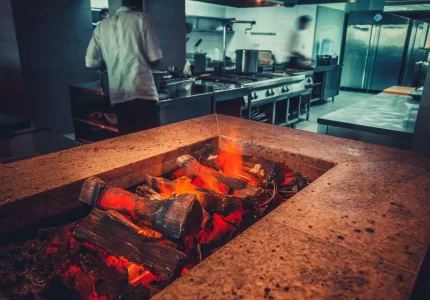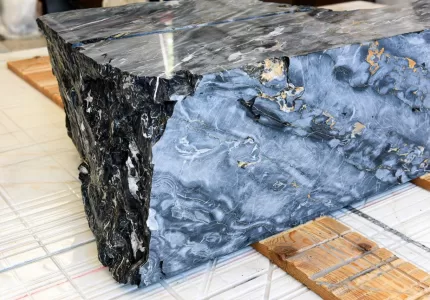Formation: Granite forms from the slow crystallization of magma below the Earth’s surface, making it an igneous rock.
Composition: It mainly comprises quartz, feldspar, and mica, giving it its distinctive speckled appearance.
Strength: Granite is incredibly durable and resistant to heat, scratches, and acids, making it a popular choice for countertops.
Variety: There are over 3,000 different types of granite found across the world, each with its unique colors and patterns.
Ages: Some granite formations are over 300 million years old, making them some of the oldest rocks on Earth.
Uses: Besides countertops, granite is used for sculptures, buildings, bridges, and monuments due to its strength and aesthetic appeal.
Quarries: Major granite quarries are located in countries like Brazil, India, China, and the United States.
Mining Techniques: Modern technology, including diamond wire saws and high-pressure water jets, has revolutionized granite quarrying.
Economic Impact: Granite quarrying and processing contribute significantly to local economies in many countries, providing employment and revenue.
Sustainability: Granite is an environmentally-friendly material as it’s a natural resource and can be recycled or repurposed.
Historical Significance: Some of the world’s renowned landmarks like the Great Pyramid of Giza and Mount Rushmore are made from granite.
Symbolism: Granite is often associated with strength, stability, and longevity, which is why it’s used in many monuments and memorials.
Colors: Its colors range from black, gray, and white to pink, red, and blue, offering a wide spectrum for design choices.
Polishing: The polished finish on granite brings out its natural beauty, making it a luxurious addition to interior decor.
Interior and Exterior Use: Granite’s weather-resistant properties allow granite to be used both indoors and outdoors, adding elegance to landscapes and architectural designs.
Granite’s rich history, durability, versatility, and aesthetic appeal have made it a favorite choice for both practical and decorative purposes throughout human history. Its geological formation, regional variations, and widespread use make it an intriguing and valuable material in various fields, from construction to art and design.






